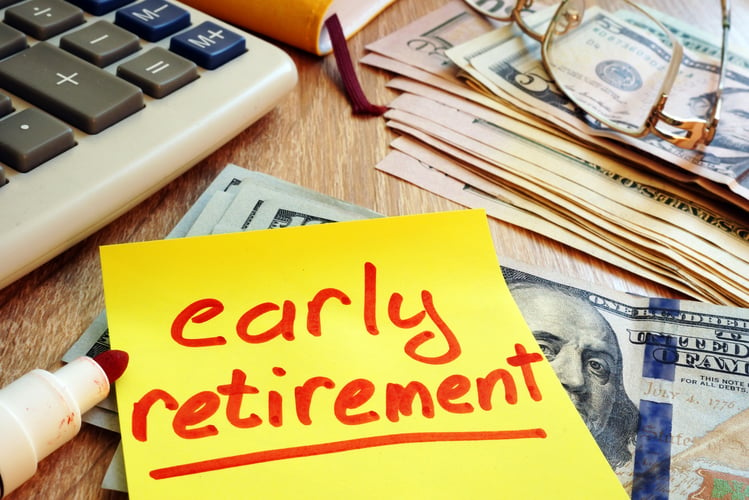

We spend a lot of time thinking about how to grow a nest egg — and for good reason. But one of the most overlooked risks in retirement isn’t market volatility or even healthcare costs. It’s something quieter, more persistent, and potentially more damaging over time:
Inflation.
Inflation doesn’t make headlines like stock market swings do, but its effects can be just as profound. Over time, it quietly chips away at your purchasing power — and if you’re not prepared, it can significantly alter your lifestyle in retirement.
Let’s put some numbers to it.
Imagine retiring at 65 with an annual income of $100,000. That income covers your needs, allows for some travel, and lets you enjoy the freedom you’ve earned. But if inflation averages 3.5% annually — not an unreasonable long-term assumption — then by age 85, that same $100,000 only buys what $50,000 did the year you retired.
That’s a 50% loss in purchasing power.
Inflation doesn’t hit all at once. It creeps in gradually, often going unnoticed until you start to feel the squeeze. Groceries, insurance premiums, travel, property taxes all of them get more expensive, and often faster than people expect.
This is why retirement planning needs to account not just for having enough on Day One, but for keeping up through every phase of retirement.
Here are a few practical ways to help mitigate the long-term impact of inflation:
Maintain Growth in Your Portfolio
It’s natural to want to reduce risk once you retire. But becoming overly conservative can backfire. Some level of growth is typically needed to outpace inflation and sustain purchasing power over decades. Equities, while more volatile, tend to offer better long-term growth potential than fixed income alone.
Diversify with Intention
Diversification isn’t just about owning a lot of different investments. It’s about owning the right mix of assets that respond differently to inflationary pressure. A balanced approach might include stocks, bonds, real assets, and other strategies designed to help your portfolio weather a variety of market environments.
Design a Tax-Efficient Withdrawal Plan
The order and timing of withdrawals — from taxable, tax-deferred, and tax-free accounts — can significantly affect how much income you keep after taxes. Coordinating withdrawals to align with income needs, tax brackets, and Required Minimum Distributions (RMDs) is key to maximizing the longevity of your portfolio.
Anticipate Rising Healthcare Costs
Healthcare often inflates faster than the broader economy, and it tends to represent a growing share of expenses as we age. Planning for Medicare premiums, supplemental insurance, and potential out-of-pocket costs is critical to maintaining financial stability in later years.
Inflation may not feel urgent, but it’s always present. Retirement isn’t a single event — it’s a long, evolving chapter. Planning for the rising cost of living is what helps turn a good retirement into a sustainable one.




